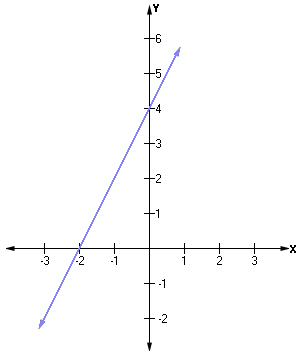Solved Examples and Worksheet for Comparing Linear, Quadratic and Exponential Models
A. Linear model
B. Exponential model
C. Quadratic model
D. Cubic model
Step: 1
Draw a scatter plot of the data.
Step: 2
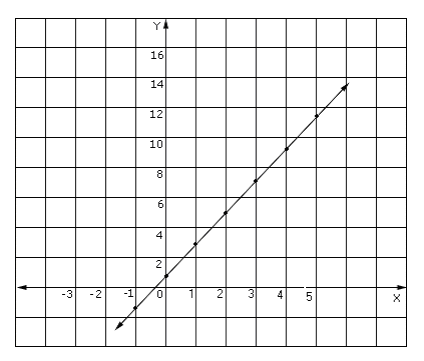
Step: 3
From the graph, you can see that the points appear to lie on a line.
Step: 4
So, the type of model which best fits the data is a Linear model.
Correct Answer is : Linear model
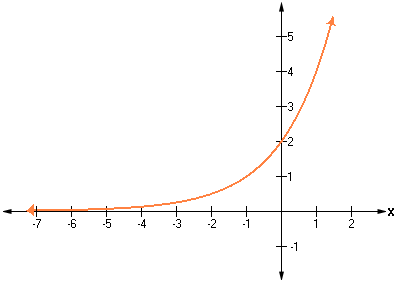
A. Quadratic model
B. Cubic model
C. Linear model
D. Exponential model
Step: 1
You can see that the graph is an Exponential curve.
Step: 2
So, the type of model represents the graph is an Exponential model.
Correct Answer is : Exponential model
A. Linear
B. Exponential growth
C. Exponential decay
D. Quadratic
Step: 1
Make a table of values and draw a scatter plot.
Step: 2

Step: 3
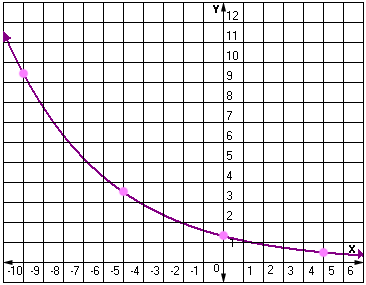
Step: 4
From the graph, you can see that the points appear to lie on an exponential curve.
Step: 5
As the x y y x
Correct Answer is : Exponential decay
| Time(t) | 0 | 1 | 2 | 3 | 4 | 5 |
| Balance($) (B) | 500 | 530 | 560 | 590 | 620 | 650 |
A. Linear; B = 500 + 30
B. Exponential; B = 500 (1.06)
C. Quadratic; B = 500
D. Linear; B = 500 + 6
Step: 1
Draw a scatter plot of the data.
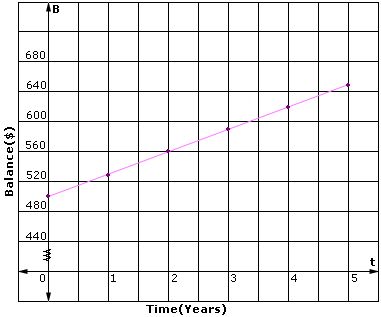

Step: 2
You can see that the graph is a straight line.
Step: 3
Find two points on the line such as (0, 500) and (1, 530).
Step: 4
[Find slope of the line.]
Step: 5
Using a y m
Step: 6
B = mt b
[Write slope-intercept form.]
Step: 7
B = 30t
[Substitute 500 for b m
Step: 8
So, the linear model B = 500 + 30t
[Replace b m
Correct Answer is : Linear; B = 500 + 30t
| x | -1 | 0 | 1 | 2 | 3 |
| y | -3 | -1 | 1 | 3 | 5 |
A. Quadratic model
B. Exponential model
C. Cubic model
D. Linear model
Step: 1
Draw a scatter plot of the data.
Step: 2
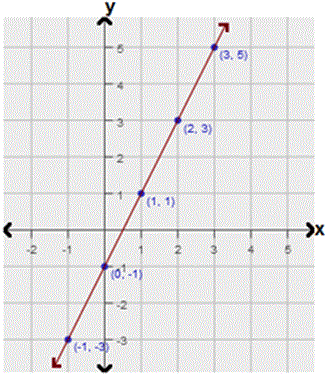
Step: 3
From the graph, it is observed that the points appear to lie on a line.
Step: 4
Therefore, the model that best fits the data is a linear model.
Correct Answer is : Linear model
A.
B.
C.
D.
Step: 1
The equation y x y r x
Step: 2
Correct Answer is : y x
| x | -2 | -1 | 0 | 1 | 2 | 3 |
| y | -0.88 | -0.5 | 0 | 1 | 3 | 7 |
A. Cubic model
B. Linear model
C. Exponential model
D. Quadratic model
Step: 1
Draw a scatter plot of the data.
Step: 2
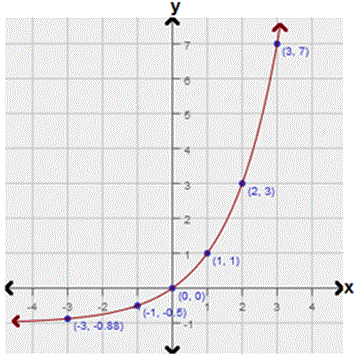
Step: 3
From the graph, it is observed that the points appear to lie on an exponential curve.
Step: 4
Therefore, the model that best fits the data is an exponential model.
Correct Answer is : Exponential model
A.
B.
C.
D.
Step: 1
The equation y x y r x
Step: 2
Correct Answer is : y x
A.
B.
C.
D.
Step: 1
Step: 2
Correct Answer is : y x
- Writing Quadratic Equations for Line of Fit-Algebra1-Solved Examples
- Constructing Line Plots-Algebra1-Solved Examples
- Constructing Histograms-Algebra1-Solved Examples
- Constructing Box-and-Whisker Plots-Algebra1-Solved Examples
- Reading and Interpreting Scatter plots-Algebra1-Solved Examples
- Constructing Scatter Plots and Line of Fit-Algebra1-Solved Examples
- Comparing Two Related Sets of Data and Expected Value-Algebra1-Solved Examples
- Identifying Outliers-Algebra1-Solved Examples
- Correlation Coefficient, Causation and Correlation-Algebra1-Solved Examples
- Meaning of Slope and Intercepts in Graphs and Situations-Algebra1-Solved Examples
Related Worksheet
- Function
